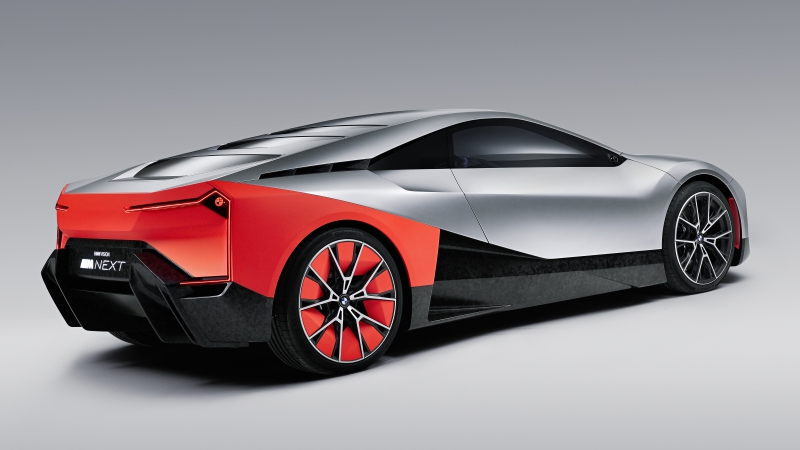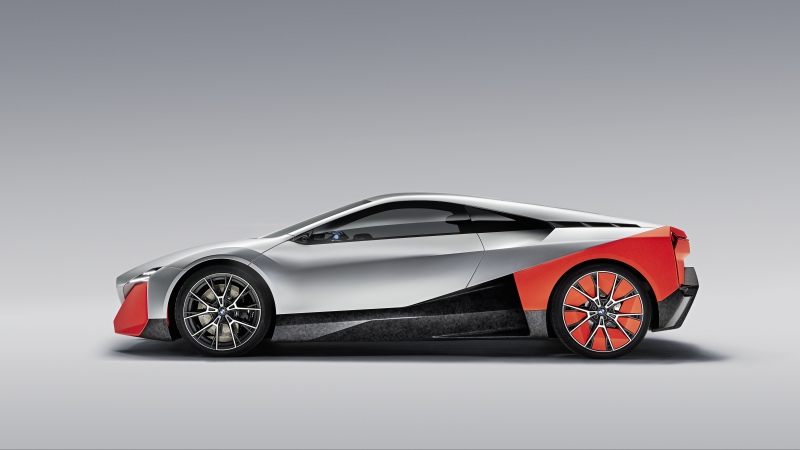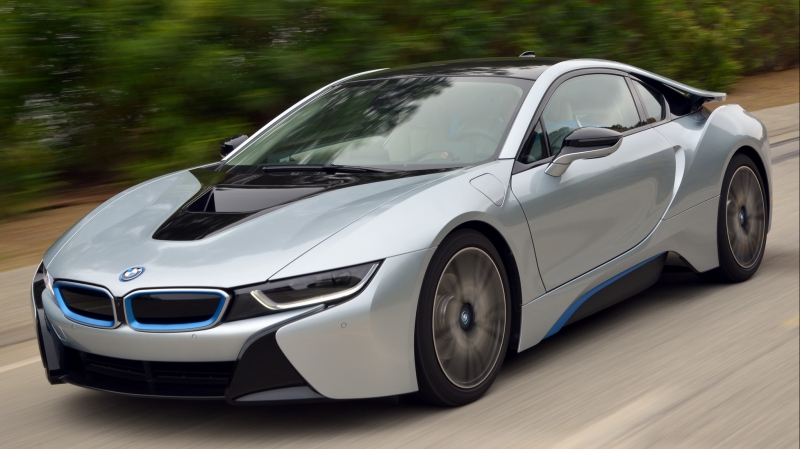Just a few days after publishing a short conjecture on whether supercars are still relevant, in reference to BMW M Division’s insistence on not building a supercar, BMW teased an upcoming supercar concept known as the Vision M Next.
Fast forward a few weeks to the present and the covers are lifted off the unexpected concept and paraded before the world in all its duo-tone glory. At this point, a retraction should be necessary, though its reveal raises a few more questions that are worth indulging.

While its minimalist body looks reminiscent of a Donckerwolke-penned Lamborghini and bears neat design cues – such as its pair of BMW roundels on its tail edge – that harkens back to the M1, the M Next’s plug-in hybrid all-wheel-drive powertrain draws an undeniable link to the i8.
This time around the M Next is imagined with a four-cylinder turbocharged mill paired to front- and rear-mounted electric motors, which all contribute to a total system output of 441kW, a top speed of 300km/h, and a 0-100km/h time of 3 seconds. Proper supercar numbers that elevates the M Next high and above the i8’s sportscar standing.

As a concept, the M Next is meant to be a showcase of their intent to venture into both fields of autonomous cars and electric drivetrains with its hybrid system and intuitive driver assistance systems, the general direction BMW has set its sights on. Strangely, amongst the throngs outside BMW proclaiming this to be the blueprint on which the next i8 will come, there is little precedence about what will happen to the i8 at the end of its lifespan.
The i8, and its all-electric hatchback sibling the i3, weren’t merely BMW models with a strange suffix, but the products of BMW’s youngest division, BMW i, an experimental division that ended up building two of BMW’s then-most revolutionary products through a “more sustainable” production process. BMW i maintains that the purpose of both its models was to “showcase BMW’s idea of electrification”.

Six years on since the first production i3, the carbon-fibre i3 and i8 still remain the only two from BMW i, and in that time the general perception of hybrids and all-electric cars has undergone a remarkable change. No longer were such cars the off-beat choice for early adopters or those who “want to make a statement”. Instead, the fascination with electrification has dominated the imagination of the mainstream public and spurred car companies into action with many committing to a model range that will have an electrified variant in its rank.
Likewise, the conversation around the sub-brand has shifted from “what new models can we expect from BMW i?” to “what will become of BMW i?” Understandably, to continue on with the i3 and i8’s original trajectory would be a pointless exercise in this day and age.

Reports have been made that the i3 and i8 will not spawn successors and that the BMW i will continue to produce other new bespoke models based on the group’s new platforms and all-electric variants of BMW’s contemporary model range.
With BMW looking to consolidate their platform usage, the future of the partnerships and infrastructures in carbon-fibre production and manufacturing that BMW i had pioneered looks ever dubious. The cost-efficiencies of carbon-fibre production still favours low-volume models, but with proposed sedan and SUV models planned for the i sub-brand, it seems more likely that they will be based off BMW’s mainstream platforms.

Hopefully when the end comes for the i3 and i8 BMW won’t be quick to throw the baby out with the bathwater and instead disseminate its carbon-fibre know-how to another sub-brand within itself that could do with it. After all, we hear that there is a electric-hybrid concept that needs to be realised.

